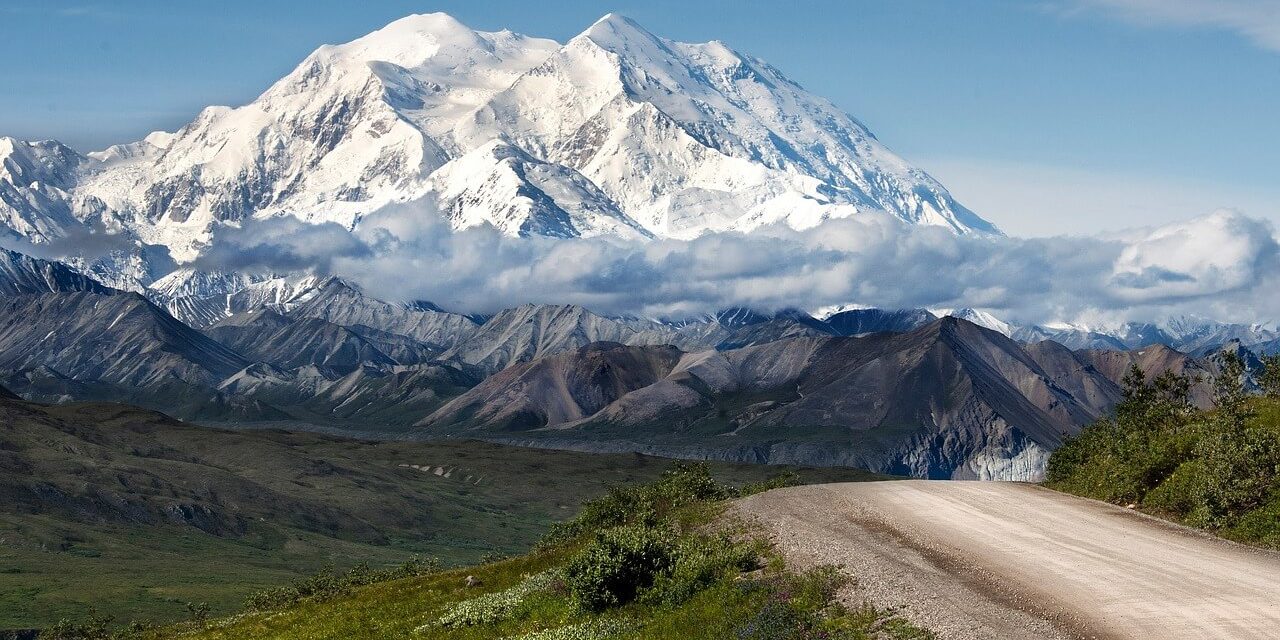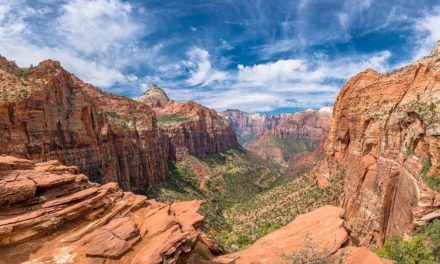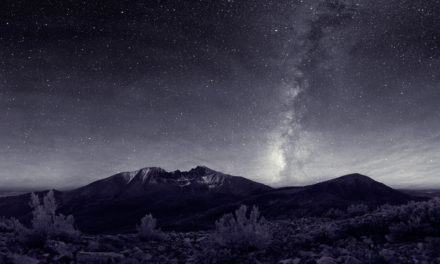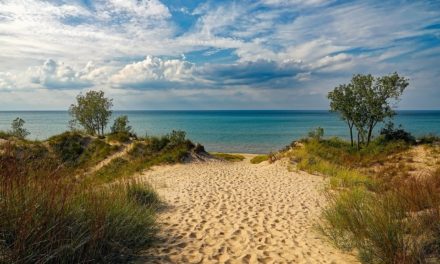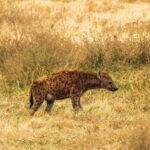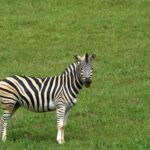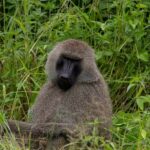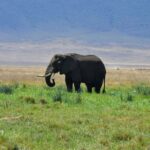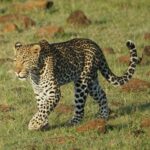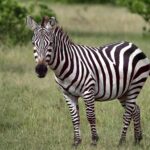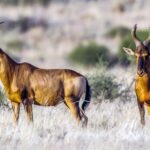Table of Contents
Overview / About the Park
Denali lies in interior Alaska, and it’s home to North America’s tallest peak, Denali (20,310 ft). The park covers more than 6 million acres (about 2.4 million hectares), making it one of the largest and wildest protected areas in the U.S.
This is subarctic wilderness alpine slopes, tundra, vast river valleys, glaciers, and taiga forest. It’s a place where nature stretches uninterrupted, and wildlife roam freely across huge landscapes.
Wildlife & Nature
- Key species: Grizzly bears (estimated ~300–350), moose, Dall sheep, caribou (Denali Herd ~1,500–2,000), wolves (~100+ in monitored packs).
- Birds & other fauna: About 160–170 bird species during summer. There’s 1 species of amphibian; the environment is too cold for reptiles.
- Habitats: The park includes alpine tundra, mixed spruce-birch woodlands, wetlands, taiga, river valleys, and some forested zones. Rivers, glaciers, and high mountain slopes define much of the land.
Experiences & Activities
- Scenic Drives & Bus Tours: The Denali Park Road (92-mile “road” that goes deep into the park) is mostly accessed via shuttle buses for wildlife viewing and scenery beyond the paved section.
- Hiking & Backpacking: Trails are limited; many visitors hike near the entrance or along trails off the road. For deeper backcountry, permits are required.
- Wildlife Viewing: Much of the appeal here spotting grizzlies, Dall sheep, wolves, caribou. Best from the bus tours, lookouts, or early morning visits.
- Photography & Nature Immersion: Landscapes of tundra, glaciers, wildflowers; massive skies; quiet wilderness. Ideal for photography, especially in the golden hours.
Best Time to Visit
- The summer months (June–August) are the peak season: trails are open, wildlife is active, weather is mild.
- Late spring and early fall offer fewer crowds and good wildlife sightings, though temperatures are cooler.
- Winter is very harsh much of the park is inaccessible, though the snow-covered landscape has its own beauty.
How to Reach & Park Entry
- Nearest city & transit: The park’s main visitor entrance is near Healy, Alaska. Talkeetna is often used as a staging point. Access by road (Parks Highway), train, or by air/wilderness charter for remote areas.
- By road: From Anchorage or Fairbanks via the Park Road/Parks Highway; then buses/shuttles for going past certain road points.
- Entry / fees: There is an entrance fee (or park pass) required. Permits are needed for backcountry; bus reservations for certain deep-park services.
Where to Stay / Camping Options
- Denali Park Village and facilities near the entrance offer lodging, services, and tour booking.
- Backcountry lodging/campgrounds are available in remote areas (with permits) for those seeking solitude.
- Seasonal lodges and cabins inside the park (deep in, closer to wilderness) require advance booking due to limited capacity.
Travel Tips / Safety Notes
- Weather shifts fast. Be prepared with warm layers even in summer.
- Wildlife can be dangerous always keep safe distance, follow park regulations (bear safety especially).
- Mosquitoes and insects can be heavy in summer bring repellent.
- Many areas are remote: limited cell service, fragile terrains, basic or no services.
- If you plan to go deep into the park, bring proper gear, navigation tools, and possibly guide/permit.
Packing List
- Layered clothing (including warm jacket, windproof outer)
- Waterproof gear (rain + snow possible)
- Sturdy hiking boots and warm socks
- Binoculars and camera
- Sun protection: hat, sunscreen, sunglasses
- Insect repellent
- Reusable water bottle, snacks, food for remote parts
- Navigation tools (map, GPS)
- Flashlight/headlamp
- Backpacking gear if staying overnight in the backcountry
Visitor Statistics
- Denali sees roughly 350,000–450,000 visitors per year in recent years, though numbers fluctuate depending on road access and seasons.
- Most visitors stay near the entrance or travel by shuttle up the park road for scenic points and wildlife. Fewer go into remote backcountry.
Conservation & Responsible Tourism
- The park aims to preserve its wilderness character. It monitors wildlife populations, road impact, and visitor effects (e.g., noise, disturbance).
- Leave No Trace practices are critical here the environment heals slowly, and impacts linger.
- Support wildlife safety rules, respect seasonal closures, permits, and restrictions.
- Engaging with guided tours or local experiences helps both understanding and conservation.

